2024 UTV Showdown: Honda Pioneer vs Polaris Ranger: A Comparison
When it comes to utility terrain vehicles (UTVs), two names stand out in the crowd: Honda Pioneer and Polaris Ranger. These versatile machines have revolutionized the way we approach off-road transportation, whether for work or recreation. In this comprehensive comparison, we'll dive deep into the features, performance, and overall value of these two industry titans to help you make an informed decision on which UTV best suits your needs.
Overview & Introduction
The Honda Pioneer and Polaris Ranger are both renowned for their reliability, versatility, and performance in various terrains. These UTVs have become indispensable tools for farmers, hunters, outdoor enthusiasts, and even some industrial applications.
The Honda Pioneer, first introduced in 2014, quickly gained a reputation for its durability and innovative features. Known for its smooth ride and impressive hauling capabilities, the Pioneer has become a favorite among those who prioritize comfort and dependability.
On the other hand, the Polaris Ranger, which has been around since 1998, has a longer legacy in the UTV market. It's celebrated for its rugged design, powerful performance, and wide range of customization options. The Ranger is often the go-to choice for those who need a workhorse that can handle tough terrains and heavy loads.
Both vehicles offer a range of models to cater to different needs, from compact two-seaters to larger capacity vehicles that can accommodate up to six passengers. As we delve deeper into this comparison, we'll explore how these two giants stack up against each other in various aspects, helping you determine which one might be the perfect fit for your specific requirements.

Table of Main Specs
|
Specification |
Honda Pioneer 1000 |
Polaris Ranger XP 1000 |
|
Engine |
999cc twin-cylinder |
999cc twin-cylinder |
|
Horsepower |
72 HP |
82 HP |
|
Transmission |
6-speed Dual Clutch Transmission (DCT) |
Automatic PVT |
|
Fuel Capacity |
7.9 gallons |
11.5 gallons |
|
Towing Capacity |
2,000 lbs |
2,500 lbs |
|
Cargo Box Capacity |
1,000 lbs |
1,000 lbs |
|
Ground Clearance |
12.4 inches |
13 inches |
|
Seating Capacity |
3-5 people |
3 people |
Detailed Comparison of Specifications
Engine and Performance
Both the Honda Pioneer 1000 and the Polaris Ranger XP 1000 boast powerful 999cc twin-cylinder engines, but there are notable differences in their performance characteristics.
The Honda Pioneer's engine delivers 72 horsepower, which, while slightly less than its competitor, is known for its smooth and consistent power delivery. Honda's reputation for building reliable engines shines through in the Pioneer, offering a balance of power and efficiency that many users appreciate.
In contrast, the Polaris Ranger XP 1000 edges out with 82 horsepower, providing a bit more raw power for those who need it. This extra horsepower can be particularly beneficial when tackling steep inclines or when the vehicle is fully loaded.
One of the Pioneer's standout features is its 6-speed Dual Clutch Transmission (DCT). This sophisticated transmission offers smooth shifts and the option to switch between automatic and manual modes, giving drivers more control over their riding experience. The DCT also contributes to better fuel efficiency, especially during long rides or when carrying heavy loads.
The Ranger, on the other hand, utilizes an Automatic PVT (Continuously Variable Transmission). While not as advanced as the Pioneer's DCT, the Ranger's transmission is known for its durability and smooth operation, particularly in demanding off-road conditions.
Traction and Handling
Both vehicles excel in off-road conditions, but they approach traction and handling in slightly different ways.
The Honda Pioneer features an advanced I-4WD system that automatically engages when needed, providing excellent traction in various terrains. This system also includes a brake traction control function that helps maintain grip on slippery surfaces. The Pioneer's lower center of gravity contributes to its stability, making it feel secure even on uneven terrain.
The Polaris Ranger XP 1000 comes with a robust On-Demand All-Wheel Drive system. This system automatically engages all four wheels when the vehicle needs more forward traction and reverts back to 2WD when it's not needed, helping to reduce component wear and increase fuel efficiency. The Ranger also boasts a slightly higher ground clearance (13 inches compared to the Pioneer's 12.4 inches), which can be advantageous in extremely rough terrain.
Comfort and Ergonomics
Comfort is a crucial factor, especially for those who spend long hours in their UTV.
The Honda Pioneer is praised for its comfortable ride, thanks to its independent suspension system and well-designed seating. The Pioneer 1000 model offers the unique feature of convertible seating, allowing it to switch between a three-seat and a five-seat configuration. This flexibility can be a significant advantage for those who need to transport both people and cargo regularly.
The Polaris Ranger XP 1000 is no slouch in the comfort department either. It features a spacious cabin with ample legroom and supportive seating. The Ranger is particularly noted for its smooth ride, courtesy of its advanced suspension system. While it doesn't offer the convertible seating of the Pioneer, its three-seat bench is wide and comfortable, easily accommodating larger individuals.
Cargo and Towing Capacity
Both the Pioneer and the Ranger are designed with utility in mind, but there are some differences in their capacities.
The Honda Pioneer 1000 can tow up to 2,000 pounds and has a cargo box capacity of 1,000 pounds. These are impressive numbers that make the Pioneer suitable for a wide range of tasks, from hauling firewood to transporting hunting gear.
The Polaris Ranger XP 1000 edges out the Pioneer in towing capacity, able to pull up to 2,500 pounds. Its cargo box capacity matches the Pioneer at 1,000 pounds. This extra towing capacity can be crucial for those who regularly need to move heavy trailers or equipment.
It's worth noting that while the Ranger has a higher towing capacity, the Pioneer's convertible seating can provide more flexibility in how you use the vehicle's space.
Fuel Efficiency and Range
The Polaris Ranger XP 1000 has a larger fuel tank (11.5 gallons) compared to the Honda Pioneer 1000 (7.9 gallons). This gives the Ranger a potential advantage in range, which can be crucial for long work days or extended trips into the backcountry.
However, the Honda Pioneer's more fuel-efficient engine and advanced transmission system might balance out this difference in real-world use. The actual range will depend on factors like terrain, load, and driving style.
Customization and Accessories
Both Honda and Polaris offer a wide range of accessories to customize your UTV, but Polaris is particularly known for its extensive lineup of add-ons and modifications.
The Polaris Ranger has a vast ecosystem of both official and third-party accessories, from simple utility enhancements like winches and light bars to more complex modifications like cab enclosures and audio systems. This level of customization allows Ranger owners to tailor their vehicles precisely to their needs.
While the Honda Pioneer also has a good selection of accessories, the options are generally more focused on practical enhancements rather than extensive customization. However, the quality of Honda's official accessories is top-notch, ensuring perfect fit and function with your Pioneer.
Conclusion and Recommendations
Both the Honda Pioneer and Polaris Ranger are excellent UTVs, each with its own strengths. Your choice between the two will largely depend on your specific needs and preferences.
Choose the Honda Pioneer if:
- You prioritize a smooth, comfortable ride
- You need the flexibility of convertible seating
- Fuel efficiency is a major concern
- You appreciate Honda's reputation for reliability
Opt for the Polaris Ranger if:
- Raw power and higher towing capacity are essential
- You need a larger fuel tank for extended range
- You want more options for customization and accessories
- Slightly higher ground clearance is beneficial for your terrain
Remember, the importance of proper equipment cannot be overstated when it comes to UTVs. Regardless of which model you choose, invest in quality safety gear and accessories that enhance the vehicle's functionality for your specific use case.
Frequently Asked Questions
1. Which is more reliable, the Honda Pioneer or the Polaris Ranger?
Both vehicles are known for their reliability, but Honda has a slight edge in this department. The Pioneer is often praised for its durability and low maintenance requirements. However, the Ranger is also a robust machine, and with proper care, both can provide years of dependable service.
2. Can the Honda Pioneer or Polaris Ranger be used in winter conditions?
Yes, both vehicles can be used in winter conditions. They both offer 4WD capabilities that perform well in snow and ice. However, for optimal winter performance, you may want to consider adding accessories like a cab enclosure, heater, and winter tires.
3. Which UTV is better for farm work?
Both are excellent for farm work, but the choice depends on specific needs. The Polaris Ranger's higher towing capacity might be advantageous for heavy loads, while the Honda Pioneer's convertible seating could be useful for transporting both crew and cargo efficiently.
4. Are parts and servicing easily available for both models?
Yes, both Honda and Polaris have extensive dealer networks, making parts and servicing readily available. However, availability may vary depending on your location, so it's worth checking local dealers before making a purchase.
5. Can these UTVs be legally driven on public roads?
The legality of driving UTVs on public roads varies by location. In many areas, they are not street legal without modifications. Always check your local laws and regulations before operating these vehicles on public roads.

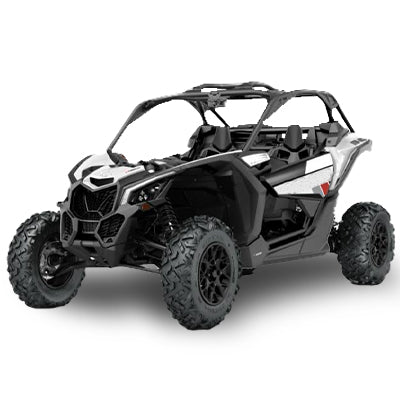
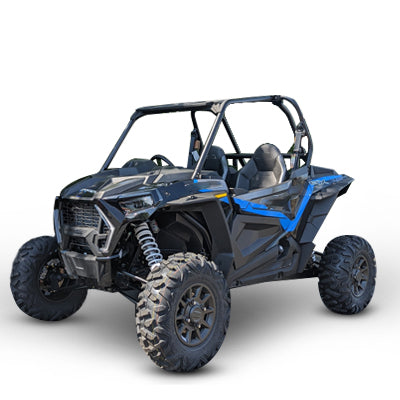
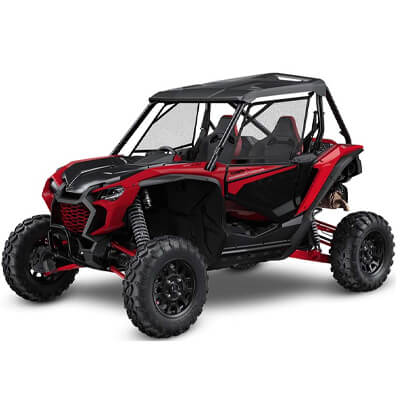
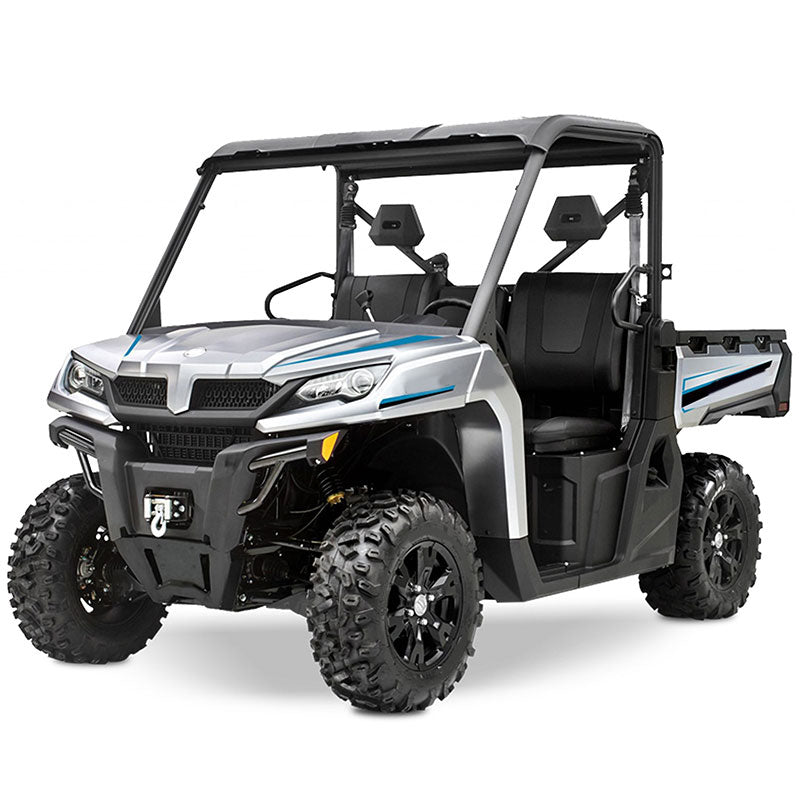
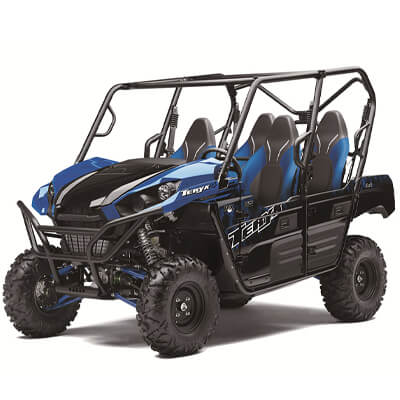
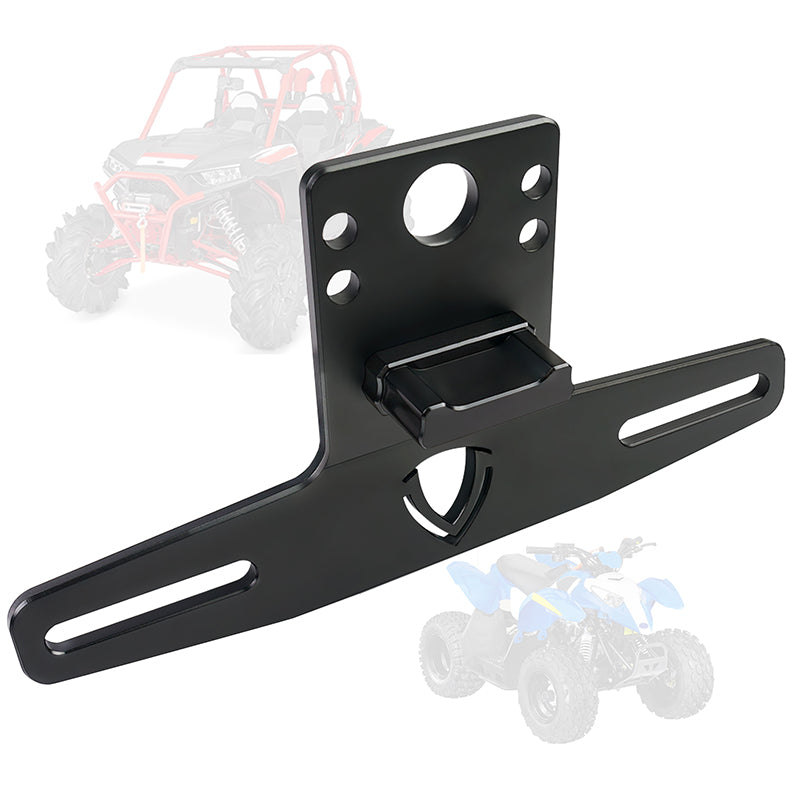
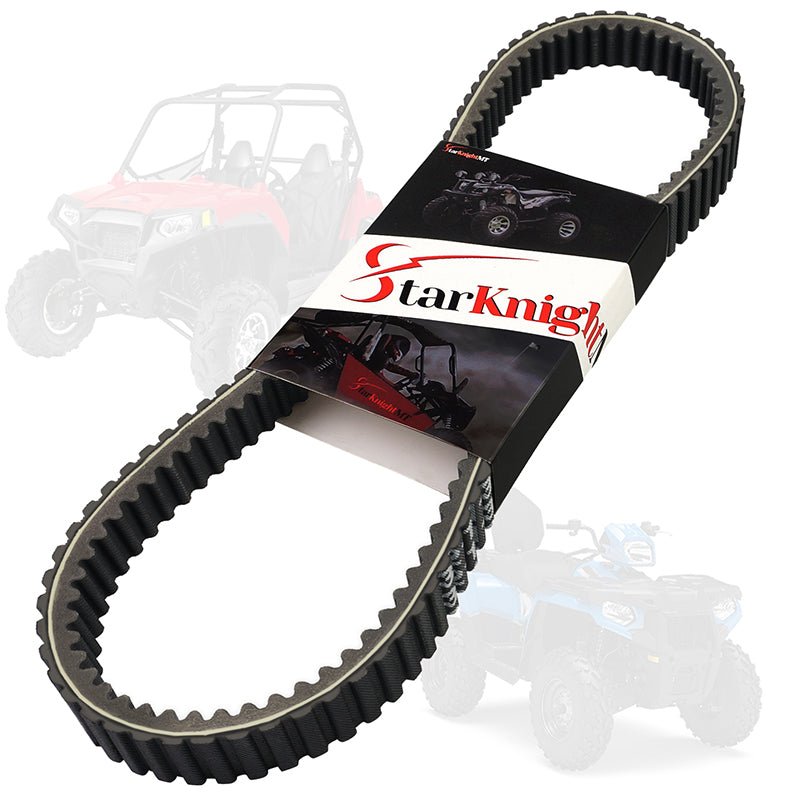



Leave a comment